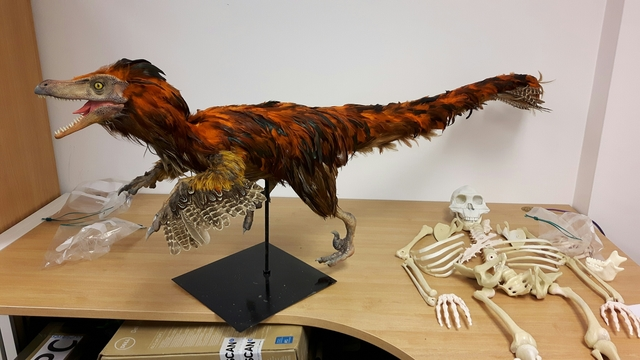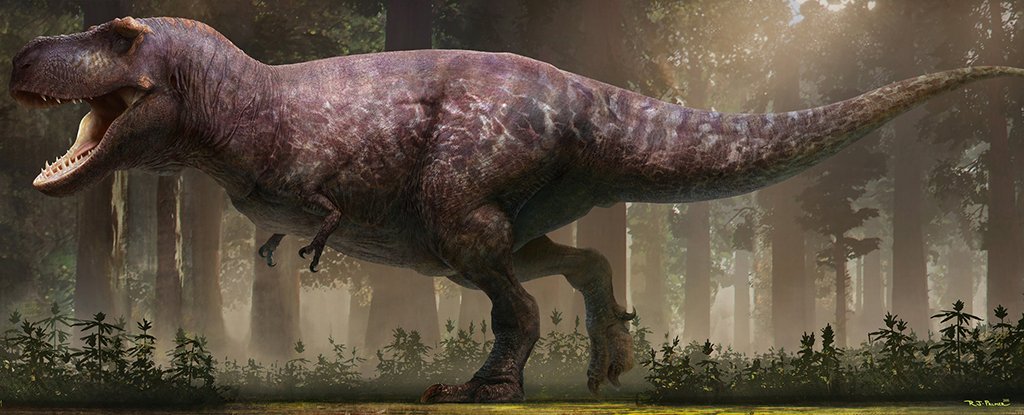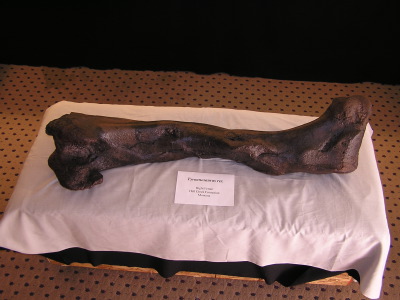Is the presence of Dinosaurs in media good or bad for Palaeontology?
*This blog was originally posted on 18.11.2020 on the Palaeomanchester blog*
1993 saw the release of Jurassic Park, a pioneer for dinosaurs being present in the mainstream media. Although film and television had starred dinosaurs and other prehistoric animals before, this was the first time that a “Dinosaur film” had become as iconic as it is. At the time of release it was the highest-grossing film of all time and has grossed over $1 billion USD up to today, along with 4 sequels and a 5th due to be released in 2022. It is no doubt that this is what kickstarted worldwide public interest in dinosaurs and natural history. For many people, myself included, seeing dinosaurs in film and media fuelled a passion for natural history and science, and has raised a generation of young people wanting to be involved in the world of natural science.
The main issue is that dinosaurs in popular culture are, more often than not, made to look like killer monsters, rather than animals; these oversized, scaly, godzilla-like creatures are believed to be scientifically accurate by the general public. A classic example of this is the Velociraptor, the star of the show in the Jurassic Park film series. In the films, the Velociraptor is portrayed as a scaly, 2-metre tall, hyper-intelligent monster that would kill any living thing it sees. However, we know now as we did in the 90s, that Velociraptor was a small carnivore that stood at 50cm tall and was covered in feathers and probably behaved more like modern birds of prey, rather than a carnivorous snake, as they were portrayed in the films.

The dinosaur that is perhaps most unrecognisable when comparing its pop culture appearances to its scientifically accurate models, is the Spinosaurus. Its first major role in a film was in the third instalment of the Jurassic Park film series, where it is also depicted as a monstrous killing machine, and it is emphasised that it is “bigger and stronger than a T. rex”. Although it is true that it was larger than the average Tyrannosaurus (as many dinosaurs were), it was built in a completely different way, and would probably not put up much of a fight against a T. rex, like it did in the film (although the two would have never met in real life, being from two different land masses and time periods). In the film, it is seen as an exclusively terrestrial carnivore that would prey on large dinosaurs and could run fast enough to catch up to a plane on a runway, none of which are thought to be true. A recent study published earlier this year changed the view of Spinosaurus. It is now widely accepted that Spinosaurus was an aquatic or semi-aquatic dinosaur, with a lifestyle similar to a modern crocodile, rather than that of other terrestrial theropod dinosaurs. The Spinosaurus is now thought to have been exclusively a piscivore, with its tail acting as a paddle when swimming and hunting for its food (fish). In Universal Studio’s defence, this information wasn’t known at the time of release of the film in 2001, however the average persons idea of a Spinosaurus is more often than not, the heavily outdated version that is portrayed in the film. You can find out more information on Spinosaurus by visiting the Manchester Museum collection online.

It’s not only films that display false information about pre-historic animals, as some documentaries have also been guilty of it. We can forgive older documentaries for presenting information that was thought to be true at the time but is now outdated, however some programmes have been seen to twist facts in order to gain more attention. One of the biggest culprits of this is the American docuseries, “Clash of the Dinosaurs”. This particular documentary has been criticised for editing clips of Palaeontologists talking about certain concepts in order to make it look like they say something that they didn’t. An example of this is the instance where Matt Wedel, an American Palaeontologist and expert on Sauropods, spoke about the old and discredited theory of Sauropods having two brains. The editors have edited the clip so it appears to have him say “The sacral expansion functioned as a second brain to control the hind-limbs and tail”. This is just one example of natural history documentaries presenting false information in what could be seen as an attempt to attract viewers. You can read more about what has been presented in this documentary on Matt Wedel’s blog.
Perhaps the problem lies within the education system. As someone who has been in education in the UK for the last 16 years, I only recall learning about natural history very briefly once during primary and secondary school, where in year 11 Biology we had one or two lessons on Mesozoic fauna in order to grasp the concept of evolution. I also remember that in one of the textbooks, a Pteranodon was referred to as a Dinosaur; this may appear true to some, although if asked, the same person would probably correctly answer that an Eagle is classified as a bird, despite living in an era dominated by mammals; why is it different for prehistoric animals?
Despite personally having little to no knowledge on the film industry, I realise that these distortions of fact are ultimately done in order to gain more popularity and views, but who’s to say that a more accurate model of a T.rex in the next Jurassic World film won’t be as popular as the last 5 films in the franchise? Since Dinosaurs are as popular as they are, shouldn’t up to date reconstructions of these animals be common knowledge? One of the most significant T. rex specimens in the world, known as Stan, has a cast model on display at Manchester Museum, where you can also find information on how the real skeleton was discovered and prepared and how the animal may have lived in the Late Cretaceous.


Considering all this, the world wide interest in dinosaurs has a knock on effect on Palaeontology and natural history, as more people want to go and visit their nearest museum, where adults and children become more educated on natural history. The museum therefore benefits as well , as they may receive more donations and publicity, ultimately opening the door to new resources, exhibitions and projects. This shows that, despite the controversies, dinosaurs in film and media have acted as a catalyst for the rapid progression in Palaeontology in the last 15-20 years, that will hopefully continue for many more years.
Although the museum is currently closed due to COVID-19 restrictions, you can still search the collections online.
References
– Box Office Mojo. n.d. Jurassic Park – Box Office Mojo. [online] Available at: <https://www.boxofficemojo.com/title/tt0107290/>
– Carpenter, Kenneth (1998). “Evidence of predatory behavior by theropod dinosaurs”
– Ibrahim, N., Maganuco, S., Dal Sasso, C., Fabbri, M., Auditore, M., Bindellini, G., Martill, D., Zouhri, S., Mattarelli, D., Unwin, D., Wiemann, J., Bonadonna, D., Amane, A., Jakubczak, J., Joger, U., Lauder, G. and Pierce, S., 2020. Tail-propelled aquatic locomotion in a theropod dinosaur. Nature, 581(7806), pp.67-70.
– Nhm.ac.uk. n.d. Velociraptor | Natural History Museum. [online] Available at: <https://www.nhm.ac.uk/discover/dino-directory/velociraptor.html>
– Nield, D., 2018. Chubby And Naked: Meet The Most Accurate T. Rex Reconstruction to Date. [online] ScienceAlert. Available at: <https://www.sciencealert.com/chubby-naked-t-rex-most-accurate-painting-to-date>.
– Science. 2020. Case for ‘river monster’ Spinosaurus strengthened by new fossil teeth. [online] Available at: <https://www.nationalgeographic.com/science/article/case-for-river-monster-spinosaurus-strengthened-by-new-fossil-teeth>
– Wedel, M., 2009. Lies, damned lies, and Clash of the Dinosaurs. [online] Sauropod Vertebra Picture of the Week. Available at: <https://svpow.com/2009/12/15/lies-damned-lies-and-clash-of-the-dinosaurs/>.

Comments
Post a Comment